As technology advances, the line between what is human and what is machine becomes increasingly blurred. From robots that can perform tasks and make decisions to artificial intelligence that can mimic human conversation. Robots are becoming more and more like us. But what exactly sets humans apart from robots? This essay will delve into the differences between robots and humans to better understand what makes us unique.
Robot, Artificial Intelligence, and Human Intelligence Definition
A robot is designed to carry out specific tasks in an automated fashion, usually following programmed instructions. Typically, robots are given physical form and are either mobile or stationary, depending on their function. There are also virtually-based robots, which exist virtually and can interact with people online.
Artificial intelligence (AI) refers to the ability of a computer or machine to perform tasks that typically need human-like intelligence. Such as learning, problem-solving, and decision-making. AI can be classified into different categories, including narrow or weak AI. They are designed to perform specific tasks. And general or strong AI capable of performing a wide range of tasks and exhibiting human-like intelligence across various domains.
Human intelligence refers to the mental abilities that enable humans to learn, reason, problem-solve, and think abstractly. It includes cognitive skills. Such as memory, attention, perception, decision-making, and social and emotional intelligence. Human intelligence is complex and multifaceted, and various factors. Factors including genetics, environment, and experience can influence it.
Related Articles: Self Learning AI Will Create a New “Self-Era”
What is the Role of Robots and Artificial Intelligence in the Human World?
Artificial intelligence (AI) plays an important role in the human world. It has greatly improved human productivity, improved the social environment, and made learning, entertainment, and life easier.
The main use of AI is in intelligent computing. You can combine it with machine learning, natural language processing, and computer vision to automate decision analysis and reasoning. This makes the human work environment more friendly. It allows machine learning to extract useful information from large amounts of data, thus improving decision-making efficiency.
AI is widely used in home automation, smart home, autonomous driving, drones, smart healthcare, smart manufacturing, smart graphics learning, etc. Thus, the application of AI in many fields is accelerating and bringing convenience to human beings.
Robots and artificial intelligence (AI) are becoming increasingly integrated into the human world. They can perform repetitive and complex tasks more quickly, accurately, and cost-effectively than humans. AI can process huge amounts of data to improve decision-making and helps reveal new knowledge and insights. Robots are also becoming increasingly present in healthcare, entertainment, transportation, and manufacturing, among other fields. There are many potential benefits to using robots and AI in the human world. Still, the primary objective is to enhance the quality of life for individuals, businesses, and society.
Differences Between Robots and Humans
Physical Differences in Appearance & Abilities
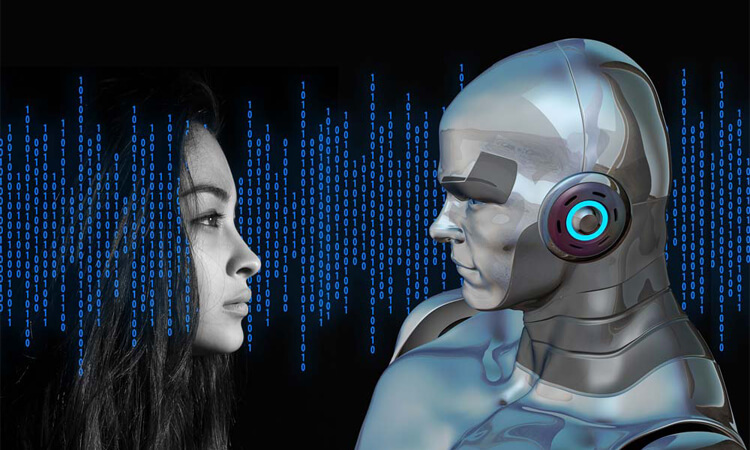
Their physical abilities are one of the most obvious differences between humans and robots. Humans can move and manipulate objects using our muscles and bones, while robots rely on motors and mechanical components to perform tasks. While robots can often be stronger and more precise in their movements than humans, they are limited by the programming and hardware they are given. On the other hand, humans can adapt and learn new skills, allowing us to perform a wide range of tasks that may be beyond the capabilities of robots.
Sensory Abilities
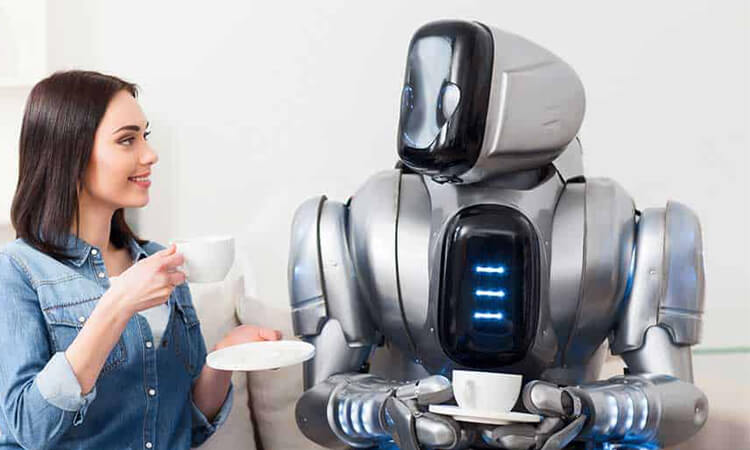
Our sensory abilities are also one differences between robots and humans. Humans have a range of senses that allow us to perceive and interact with the world, including sight, hearing, touch, taste, and smell. On the other hand, robots have a limited range of sensors that allow them to gather information about their environment. While robots can be equipped with sensors that detect light, sound, temperature, and other stimuli, they cannot perceive the world as humans do.
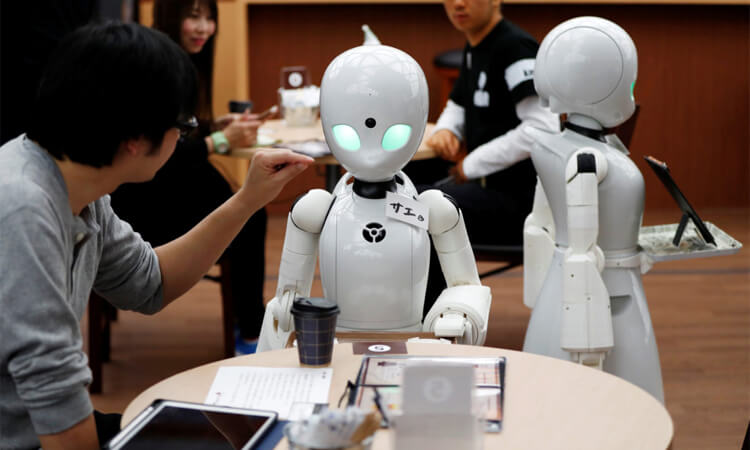
Robots generally cannot interact with humans in a meaningful way and cannot understand the culture or social norms in the same way humans can. They are also unable to develop relationships with people and learn from interactions. By contrast, humans can form strong bonds with each other and observe and learn from social contexts and cultural influences.
Cognition and Decision-Making
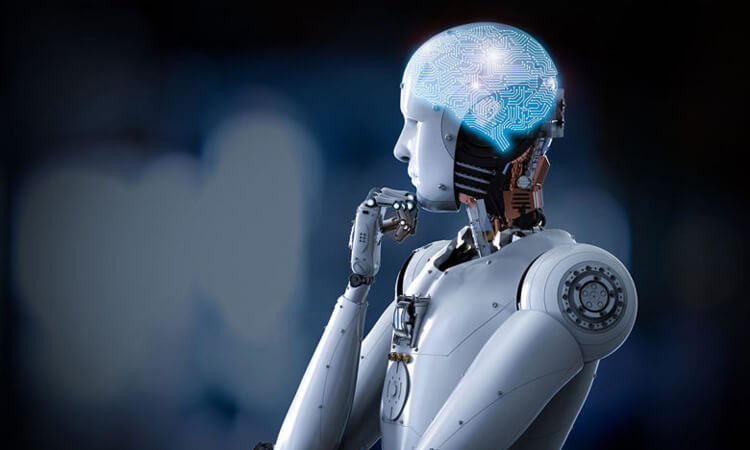
The most significant difference between robots and humans is our cognitive abilities and decision-making processes. Humans have complex and highly developed brain that allows us to think, reason, and make decisions. Conversely, robots rely on algorithms and pre-programmed instructions to make decisions and carry out tasks. While you can train robots to perform certain tasks and make decisions based on specific criteria, they cannot think and reason like humans.
Environmental Impact
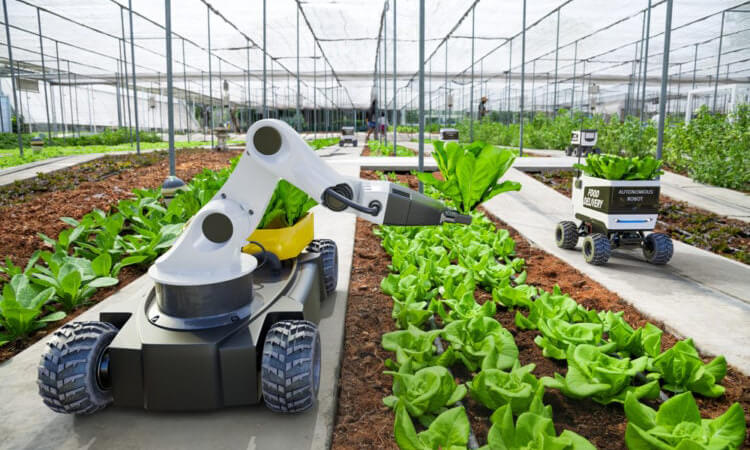
Robots are typically much more energy efficient than humans since they use limited power to carry out specific tasks. Additionally, you can use robots to reduce pollution and waste since they can be programmed to complete dangerous or labor-intensive tasks that would otherwise require large amounts of energy or resources. On the other hand, humans can cause significant environmental damage by destroying natural habitats, over-consumption of resources, and other destructive behaviors.
Related Articles: Revolutionizing Machine Learning in Agriculture
Dynamic Capabilities
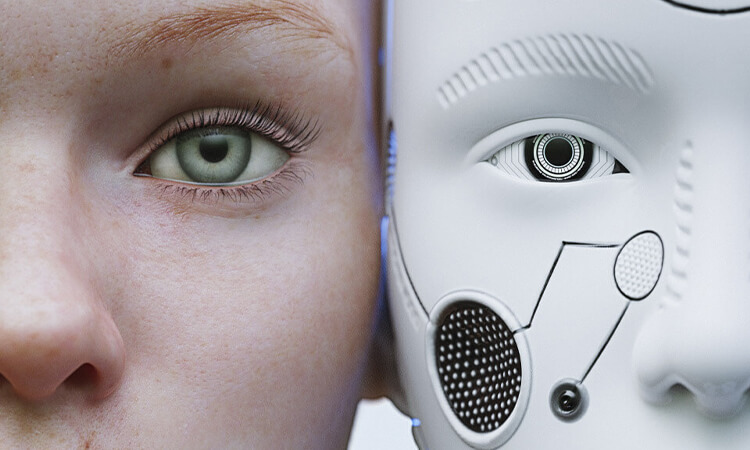
Another key difference between robots and humans is in our emotional capabilities. Humans are capable of experiencing a wide range of emotions, including happiness, sadness, fear, and anger. On the other hand, robots cannot feel emotions in the same way humans do. Although you can program robots to mimic certain emotional responses, they do not have the depth and complexity of emotion that humans do.
Potential for Development
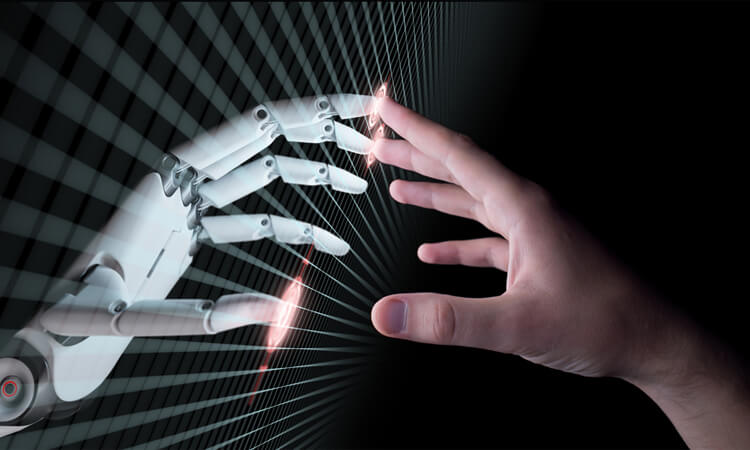
It is worth considering the potential for development in both robots and humans. Humans can learn and grow throughout their lives, while robots are limited by their programming. While robots may be able to improve their capabilities through updates and upgrades, they are ultimately limited by the capabilities of their creators.
This table summarizes the differences between robots and humans:
| Aspect | Robots | Humans |
|---|---|---|
| Physical Capabilities | Precise, heavy-duty tasks | Versatile, complex tasks |
| Intelligence and Decision-making | Rule-based, lacks intuition | Experience-based, intuitive |
| Communication and Social Skills | Pre-programmed responses | Natural language, emotional intelligence |
| Adaptability and Flexibility | Reprogrammable, inflexible | Adaptable, flexible |
| Energy and Endurance | Continuous work, maintenance required | Need rest, longer work periods |
| Ethical and Moral Considerations | Amoral, follow programming | Moral, ethical decision-making |
| Cost and Availability | Expensive, limited availability | Affordable, widely available |
Despite these differences, there are also many similarities between humans and robots. Both humans and robots can perform tasks and carry out functions, and both can be programmed to perform specific functions or tasks. Humans and robots can also be programmed to learn and adapt to new situations.
There are also many ways humans and robots can work together and complement each other’s strengths. For example, you can use robots to perform dangerous or undesirable tasks for humans, such as working in hazardous environments or performing repetitive tasks. At the same time, humans can provide the creativity and problem-solving skills that robots lack.
What are the Impacts of Robots on the Future of Jobs and the Economy?
The impact of robots on the future of jobs and the economy is vast and complex. On the one hand, robots can make manufacturing more efficient, reducing labor costs and boosting business productivity. This can create more jobs due to increased demand for goods and promote economic growth. On the other hand, robots could replace human labor in many jobs, potentially leading to job loss and a decrease in wages.
In addition, advances in artificial intelligence (AI) systems and robotics could mean certain jobs will no longer be necessary, potentially causing further unemployment. Finally, if robots are used extensively in producing goods, it could lead to greater income inequality, negatively affecting the economy.
There are many differences between robots and humans. There are also many ways that the two can work together and complement each other’s strengths. Humans and robots are quite different in their physical makeup and emotional and communication capabilities. However, these differences also provide opportunities for the two to work together and achieve more than they could. As technology advances, it’s important to consider and respect these differences as we continue to work alongside robots and artificial intelligence.
Related Articles: What is Autonomous AI?
About Differences Between Robots and Humans FAQs
-
What are the differences between the physical capabilities of robots and humans?
Humans have more complex and versatile physical capabilities, including agility, talent, and fine motor skills. While robots can perform repetitive tasks with high precision and accuracy, work in hazardous environments, and lift heavy loads.
-
How do robots and humans differ regarding their intelligence and decision-making abilities?
Robots can perform tasks based on pre-programmed instructions or artificial intelligence algorithms without human intuition and creativity. Humans can learn, reason, and make decisions based on experience, intuition, and emotion.
-
What are the differences between robots’ and humans’ communication and social skills?
Robots can communicate through pre-programmed responses or voice recognition without understanding and interpreting social cues and emotions. Humans can communicate and connect with others, understand social cues and emotions, and form interpersonal relationships.
-
How do robots and humans differ in energy and endurance levels?
Robots can work continuously without rest but require regular maintenance and recharging. Humans require rest and sleep but can work longer and sustain energy with proper nutrition.
-
What are the differences between robots’ and humans’ learning and training processes?
Robots can learn through machine learning algorithms and be trained through programming or direct input. Humans can learn through experience, education, and training and adapt and apply knowledge to new situations.
-
How do robots and humans differ in their ability to work collaboratively?
Robots can work collaboratively with other robots or humans based on pre-programmed instructions or algorithms. Humans can collaborate and communicate with others, build trust and relationships, and have a shared purpose or goal.







